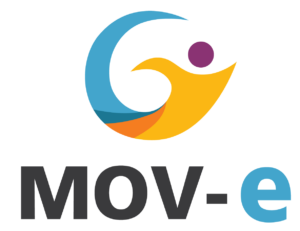Intended effects leading to improving communication with the patient
- Since adolescence also encompasses various developmental periods, effective communication with both the patient and their family is crucial during this phase. Education should begin within the family unit, emphasizing the importance of ongoing rehabilitation beyond the scheduled sessions.
- Adolescents may exhibit signs of introversion through their posture, experience cosmetic concerns, or endure discomfort and muscle strain from carrying backpacks. It is essential to foster trust between these adolescents and us, the physiotherapists, by facilitating qualitative communication. Assure them that they are not alone in their journey and extend invitations to participate in group sessions.
- Ability to work with a patient with an adolescent person, and to communicate examination results and further procedures, therapies in a culture-sensitive way.
In this course, you will learn how an adolescent may respond to a rehabilitation program for a postural defect, what psychological and social consequences may occur, and what ways to deal with a spinal problem in a patient can be observed.
You will also receive guidance on how adolescents’ reactions may vary depending on culture and country of origin, and what you need to do to respect adolescents’ beliefs and cultural traditions while still being an effective therapist.


Leave a Reply
Want to join the discussion?Feel free to contribute!